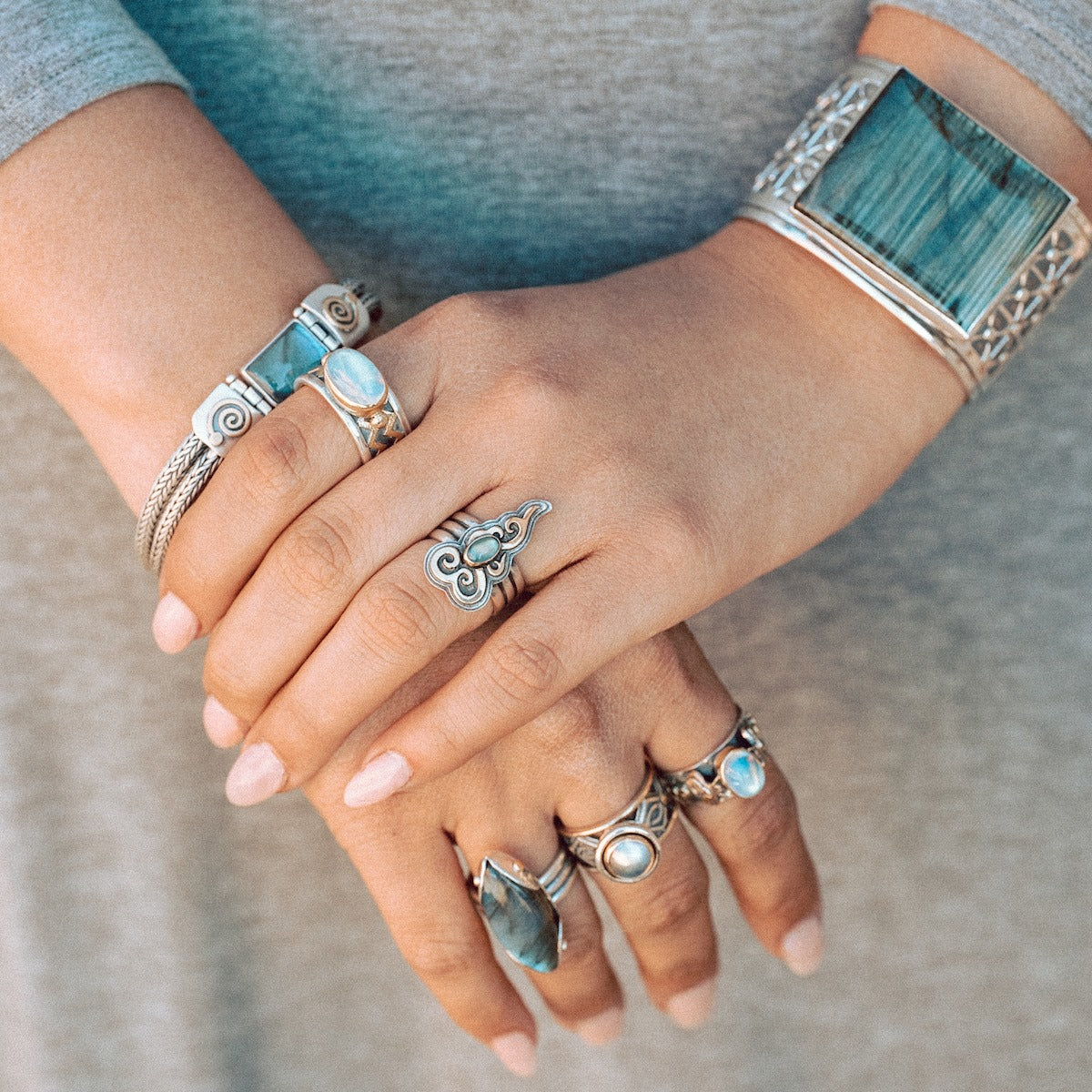featured Diamond
On 0 Comments
Citrine
On 0 Comments
Carnelian
On 0 Comments
Blue Zircon
On 0 Comments
Blue Topaz
On 0 Comments
Blue Moonstone
On 0 Comments
Blue Fluorite
On 0 Comments
23 November 2016
23 November 2016
22 November 2016
22 November 2016
22 November 2016
On by Marc Choyt 0 Comments
On by Marc Choyt 0 Comments
On by Marc Choyt 0 Comments
On by Marc Choyt 0 Comments
On by Marc Choyt 0 Comments
On by Marc Choyt 0 Comments
On by Marc Choyt 0 Comments
Thanks for subscribing!
This email has been registered!
